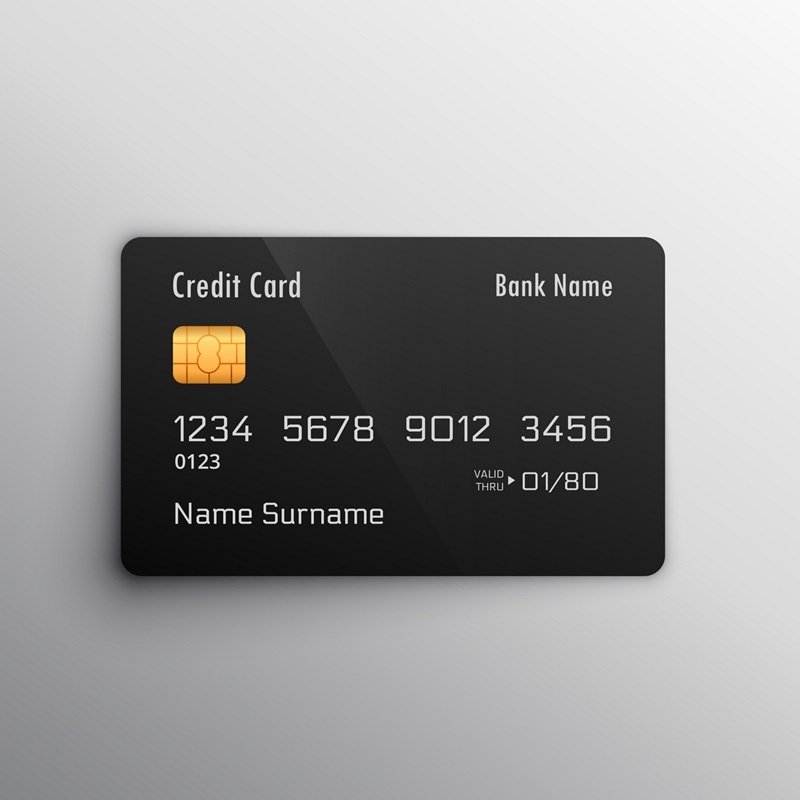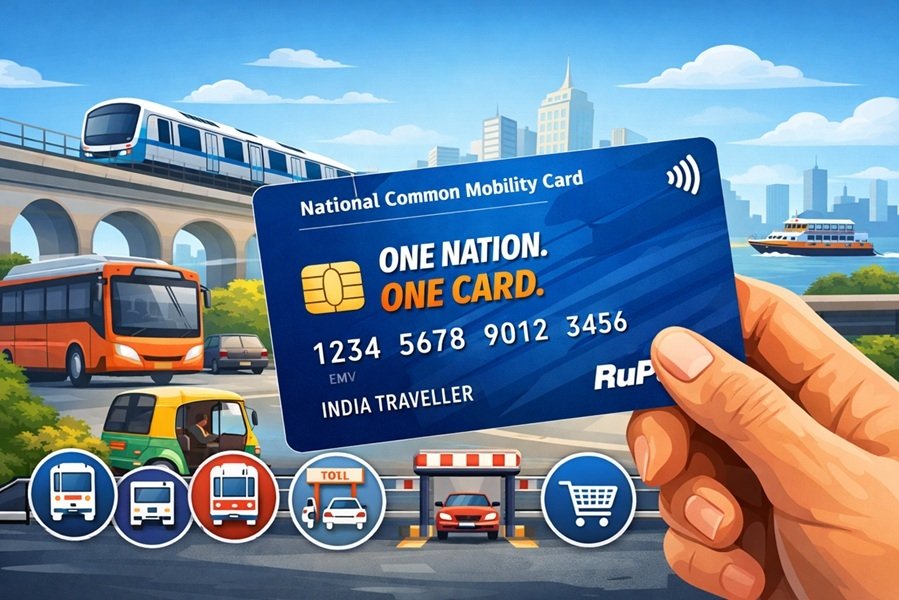
In today’s world, credit cards have become an indispensable tool for managing finances. They provide convenience, purchasing power, and the ability to build credit history. However, not all credit cards are created equal. Two primary categories exist: secured credit cards and unsecured credit cards. Understanding the differences between these types of cards is crucial for making informed financial decisions. Let’s dive into the details to help you determine which option might be the best fit for your needs.
What Is a Secured Credit Card?
A secured credit card is a type of credit card that requires the cardholder to make a security deposit upfront. This deposit serves as collateral for the credit limit. For example, if you deposit $500, your credit limit will typically be $500.
Key Features of Secured Credit Cards:
- Deposit Requirement: The security deposit minimizes the risk for the issuer, making these cards accessible to individuals with little or no credit history or poor credit.
- Credit Building: Secured cards are often used to establish or rebuild credit. Payments are reported to credit bureaus, helping users build a positive credit history when they make timely payments.
- Low Approval Barriers: Because the deposit acts as collateral, approval is easier than with unsecured cards.
- Potential for Transition: Many secured cards allow users to graduate to unsecured cards after demonstrating responsible use over time.
Who Should Consider a Secured Credit Card?
- Individuals with no credit history (e.g., students or recent immigrants).
- Those recovering from financial setbacks, such as bankruptcy or delinquent accounts.
- Anyone seeking a controlled way to establish credit habits.
What Is an Unsecured Credit Card?
An unsecured credit card does not require a security deposit. The issuer grants a credit limit based on your creditworthiness, which is determined by factors such as your credit score, income, and financial history.
Key Features of Unsecured Credit Cards:
- No Deposit: These cards do not require an upfront payment, making them more convenient.
- Wider Variety: Unsecured cards offer a broader range of options, including rewards programs, cash-back benefits, and travel perks.
- Higher Credit Limits: Depending on your creditworthiness, unsecured cards often provide higher credit limits than secured cards.
- Better Terms: Many unsecured cards offer competitive interest rates, introductory 0% APR periods, and no annual fees.
Who Should Consider an Unsecured Credit Card?
- Individuals with a good to excellent credit score.
- Those who want to take advantage of rewards or promotional offers.
- People who have an established credit history and can responsibly manage credit.
Comparing Secured and Unsecured Credit Cards
| Feature | Secured Credit Card | Unsecured Credit Card |
|---|---|---|
| Security Deposit | Required | Not required |
| Credit Limit | Equal to deposit amount | Based on creditworthiness |
| Approval Criteria | Easier to qualify for | More stringent |
| Rewards & Perks | Limited | Wide variety available |
| Purpose | Build or rebuild credit | Everyday spending and rewards |
| Graduation Potential | Can transition to unsecured | N/A |
Pros and Cons of Secured Credit Cards
Pros:
- Accessible to individuals with poor or no credit.
- Helps build credit when used responsibly.
- Limits overspending due to a lower credit limit.
Cons:
- Requires upfront deposit.
- May have higher fees and interest rates.
- Limited rewards or perks.
Pros and Cons of Unsecured Credit Cards
Pros:
- No upfront deposit required.
- Offers rewards, cash-back programs, and other perks.
- Higher credit limits and better terms for qualified users.
Cons:
- Harder to qualify for with poor credit.
- Can lead to debt if not managed carefully.
- May include hidden fees or high-interest rates for those with fair credit.
Tips for Choosing the Right Credit Card
- Assess Your Credit History: If you have little or no credit history, a secured card is likely a better starting point.
- Consider Your Financial Goals: If you want to rebuild credit, start small with a secured card. If you’re looking to maximize rewards, aim for an unsecured card that matches your spending habits.
- Compare Fees: Review annual fees, interest rates, and other charges to ensure you’re getting the best deal.
- Check Graduation Policies: If starting with a secured card, choose one that allows you to graduate to an unsecured card.
- Use Responsibly: Pay your balance in full each month to avoid interest charges and build a positive credit history.
Final Thoughts
Both secured and unsecured credit cards have their place in the financial world. Secured cards are excellent for those starting or rebuilding their credit journey, while unsecured cards are better suited for individuals with established credit looking for more benefits and flexibility. The key is to evaluate your financial situation, understand the terms, and use your credit card as a tool to achieve your financial goals. With responsible usage, both types of cards can help pave the way to a healthier financial future.






